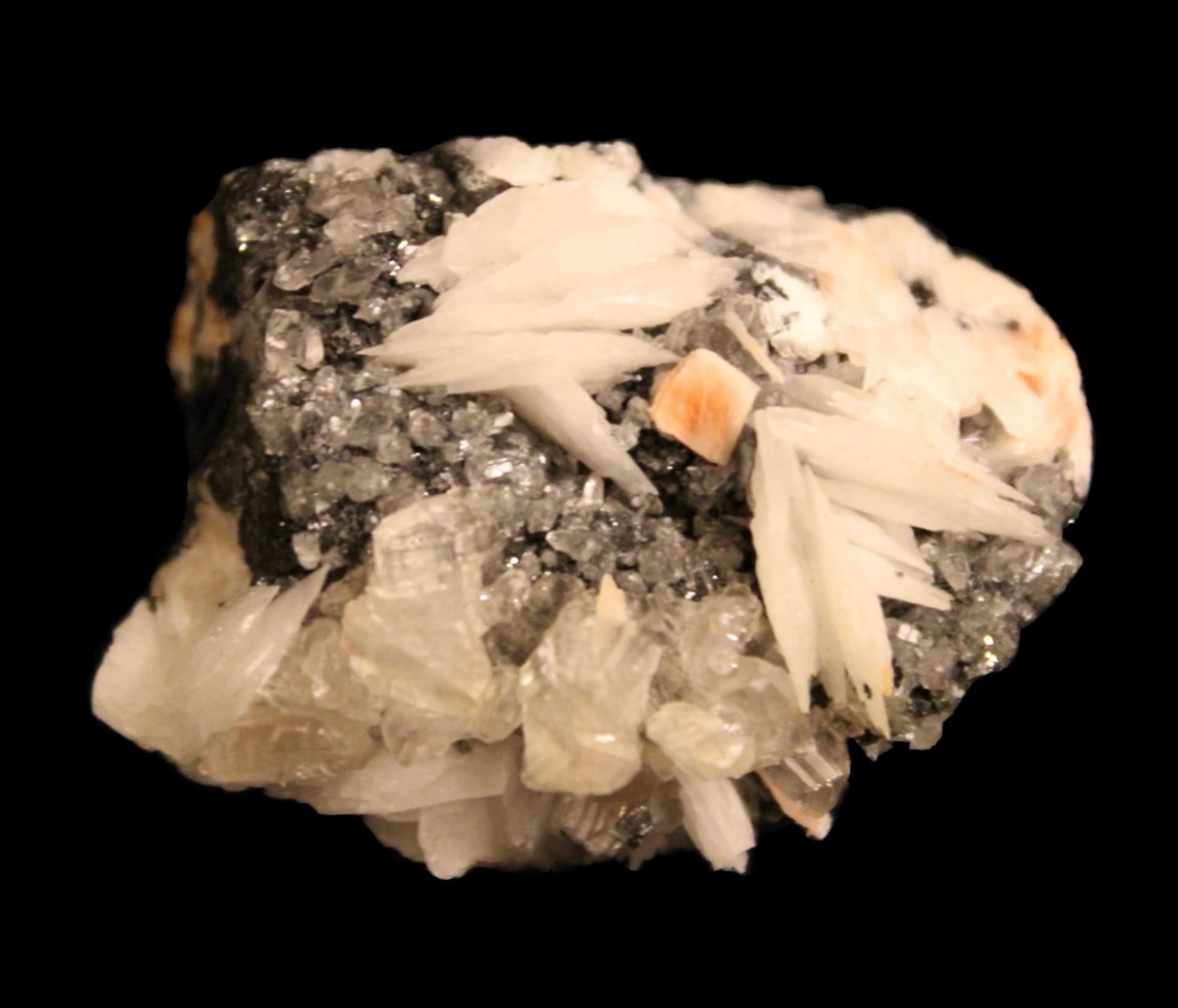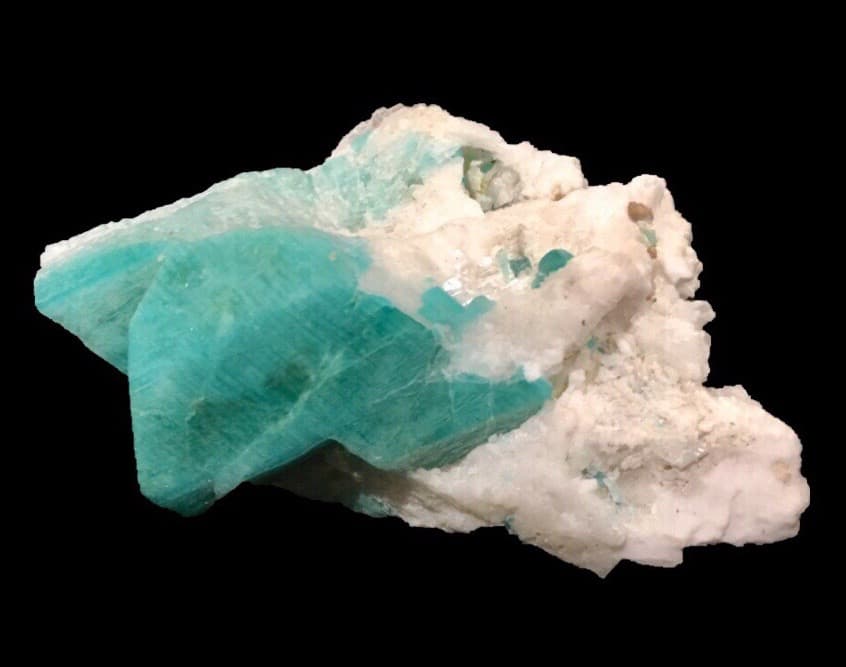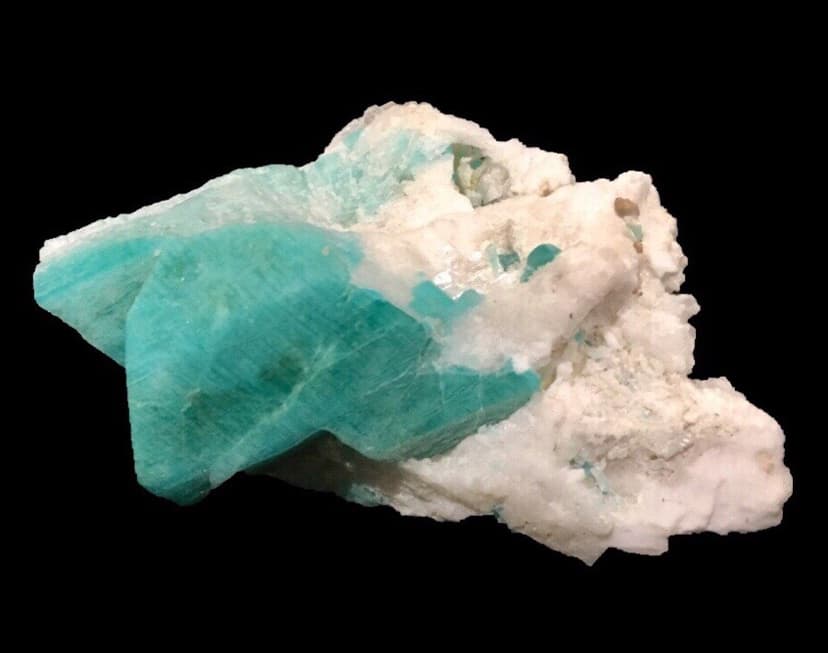Cerussite
Cerussite, derived from the latin root Cerussa, meaning white lead, is a lead carbonate mineral. Crystals of the mineral are often white or clear in color, dense as a result of their lead content, and noted for their distinct habit. A frequently twinned mineral, Cerussite often occurs as reticulated webs.
Uses
A relatively common secondary mineral of deposits, Cerussite is sometimes used as a source of lead.
Notable Localities
Cerussite is found in lead deposits worldwide. Notable localities of Cerussite include the Mibladen mining district of Morocco, the Tsumeb Mine of Namibia, and Broken Hill of New South Whales. Notable American localities include the Magdalena District of New Mexico, Kellogg Mine of Coeur d'Alene, as well as the Flux, 79, Bisbee, and Mammoth-St Anthony mines of Arizona.
| Properties | |
|---|---|
| Chemical Formula | PbCO3 |
| Hardness | 3-3.5 |
| Crystal System | Orthorhombic |
| Mineral Class | Carbonates |
| Luster | Vitreous, Pearly |


